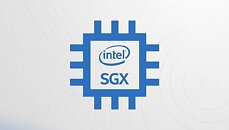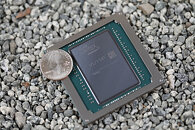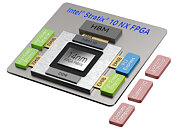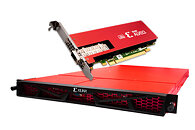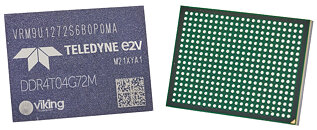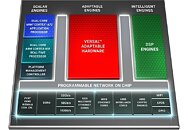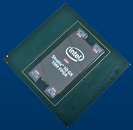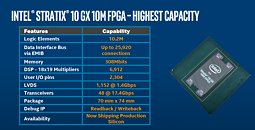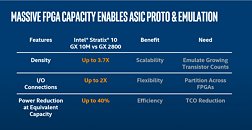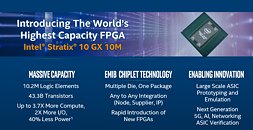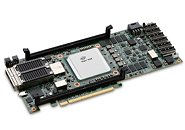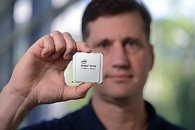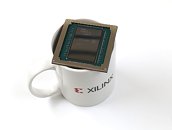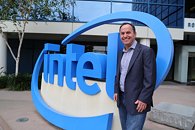
Intel and Argonne Developers Carve Path Toward Exascale
Intel and Argonne National Laboratory are collaborating on the co-design and validation of exascale-class applications using graphics processing units (GPUs) based on Intel Xe-HP microarchitecture and Intel oneAPI toolkits. Developers at Argonne are tapping into Intel's latest programming environments for heterogeneous computing to ensure scientific applications are ready for the scale and architecture of the Aurora supercomputer at deployment.
"Our close collaboration with Argonne is enabling us to make tremendous progress on Aurora, as we seek to bring exascale leadership to the United States. Providing developers early access to hardware and software environments will help us jumpstart the path toward exascale so that researchers can quickly start taking advantage of the system's massive computational resources." -Trish Damkroger, Intel vice president and general manager of High Performance Computing.
"Our close collaboration with Argonne is enabling us to make tremendous progress on Aurora, as we seek to bring exascale leadership to the United States. Providing developers early access to hardware and software environments will help us jumpstart the path toward exascale so that researchers can quickly start taking advantage of the system's massive computational resources." -Trish Damkroger, Intel vice president and general manager of High Performance Computing.


